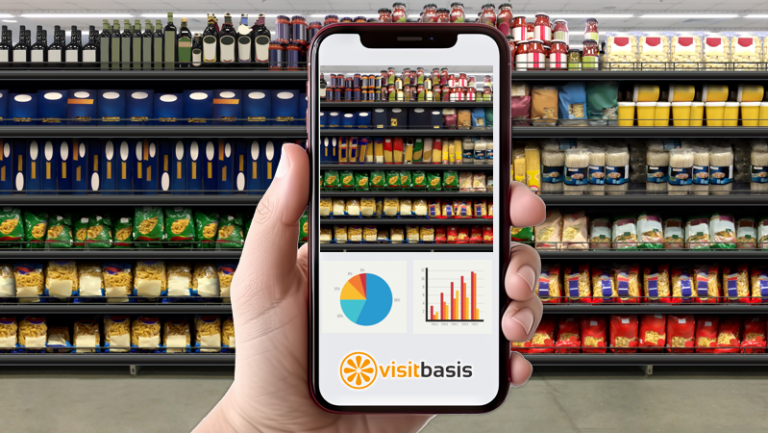Retailers are petrified with the recent decline in the number of visits with brick-and-mortar stores. The closure of thousands of retail retailers from established manufacturers like Payless, Radioshack, and Kmart, seen in this decade, brings to their fear. In this condition of panic, CPG firms have abandoned the basics involving retail merchandising over intense efforts to digitize their organizations. Undeniably, an on the internet presence is vital but forgetting retail basics causes further damage. More as compared to ever, effective implementation of fundamental guidelines such as Planogram Compliance is necessary for retail achievement amongst millennials and Gen Z.
A Bonafide Statement — Facts never lay! Another interesting reality, > 60% purchase decisions are made from the point of sale. It implies that visibility, presentation, plus a calculated rotational program of products is vital for inspiring sales. Most of these positioning decisions are made by way of a planogram. A powerful planogram creates a substantial impact on customers, driving these people towards purchasing the product. This influence emphasizes the output from planogram conformity and loss coming from non-compliance.
This write-up aims to understand the planogram; its complying, the importance associated with POG automation regarding retail success, and the eventual rewards.
What is some sort of Planogram?
The simple definition states Planogram as an aesthetic representation of item placement within some sort of store to take full advantage of sales and minimize wasted space. It is created simply by a shop manager or perhaps a person in the advertising/marketing/sales team. Earlier, planograms circulated as schematic diagrams, but these days, they are managed electronically on electronic devices, thanks to SaaS-based applications.

Before some sort of planogram creation, complete shopper research must be done. CPG companies happen to be responsible for categorizing their products and studying the current marketplace trends. An insight into how shoppers shop in of which category is essential in creating an effective planogram. Marketing or Industry Research teams ought to be keen at just about every minute detail. A small mishap can easily incur substantial losses.
To enunciate, permit us take typically the example of “Project Impact, ” a 2009 project from Walmart. The project’s principal goal was in order to increase space within superstores and increase the overall shopping experience. To attain this goal, Walmart removed 10% regarding SKUs, approximately 15, 000 SKUs, coming from select superstores at prime locations. Items such as Jam and Jellies, that they can found to end up being the reason behind jumbled stores, were component of this elimination.
As forecasted by Walmart’s research staff, the changed do affect shopper expertise positively. The supervision was happy together with the change, in addition to the project deemed a success. Yet , they failed to pay attention to the slow decline in sales. The decision that rapidly turned into a disaster. Over the following 2 yrs, sales dropped drastically at these types of superstores. By typically the time Walmart supervision realized their blunder, losses had racked up to $2 billion. A big loss in comparison to their competitors, which brought “Project Impact” to its end.
Upon investigation, they located that Walmart’s research team neglected typically the exclusive nature involving these products. Indeed, it was only Jam and Jello, most shoppers came up to these retailers for buying these people. By removing plataforma de ejecución en retail , frustration levels of shoppers increased because they were required to move to other retailers only to purchase jelly. So, alternatively of traveling regarding one product, they started grocery purchasing at Walmart’s opponents. This shopper behavior resulted in low product sales of other SKUs and an overall loss for your retail outlet.
Moral with the history: Do proper research before changing planograms or creating brand new ones. While optimizing store/shelf space and concentrating on buyer experience are necessary, taking decisions without having an in-depth examination of product performance should be evaded.
